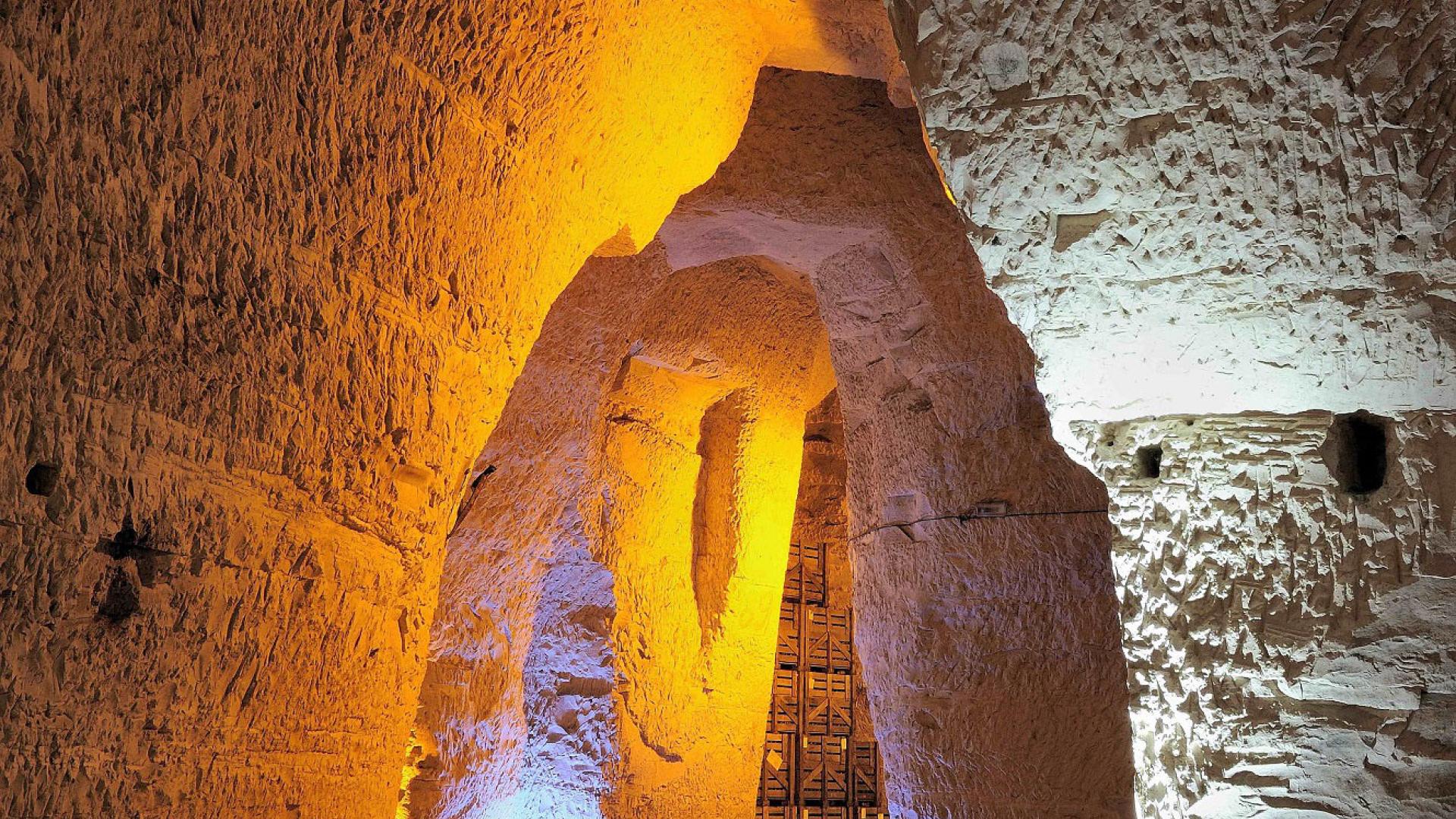
The Champagne Hillsides, Houses and Cellars are an organically-evolved and continuing cultural landscape in that they represent the "combined works of nature and humankind" (cultural landscape), having "developed its present form by association with and in response to its natural environment" (organically-evolved landscape), and the landscape "retains an active social role in contemporary society" (continuing landscape).
Expressed through its Outstanding Universal Value, the unique nature of the Champagne application revolved around the development of the space as an expression of humankind and nature, leading to the creation of a universal product. Here in Champagne, over the course of a turbulent history and in a geographical location which has made Champagne an outward-looking area as well as a theatre of conflict, humankind has shaped a unique rural, urban and underground heritage in the chalk, and from a thankless landscape has created a wine that is enjoyed the world over.
The quantitative development of Champagne, produced to this day using a traditional method, has given rise to technological developments, an organisational structure and sales system similar to industrial and capitalist processes.
The socio-economic history of Champagne over the past two centuries formed the basis of the application and has enabled a long-forgotten heritage to be showcased.
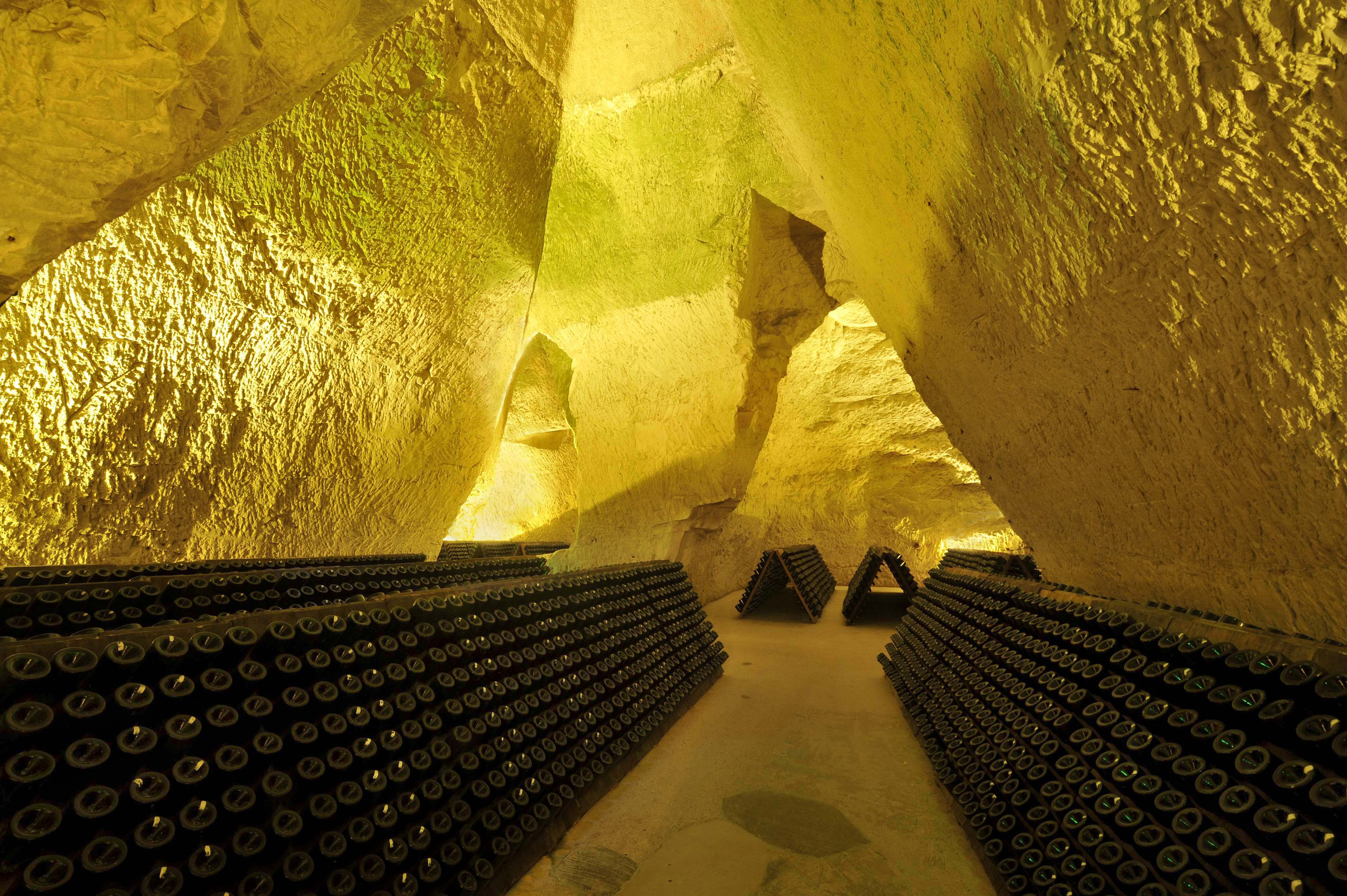

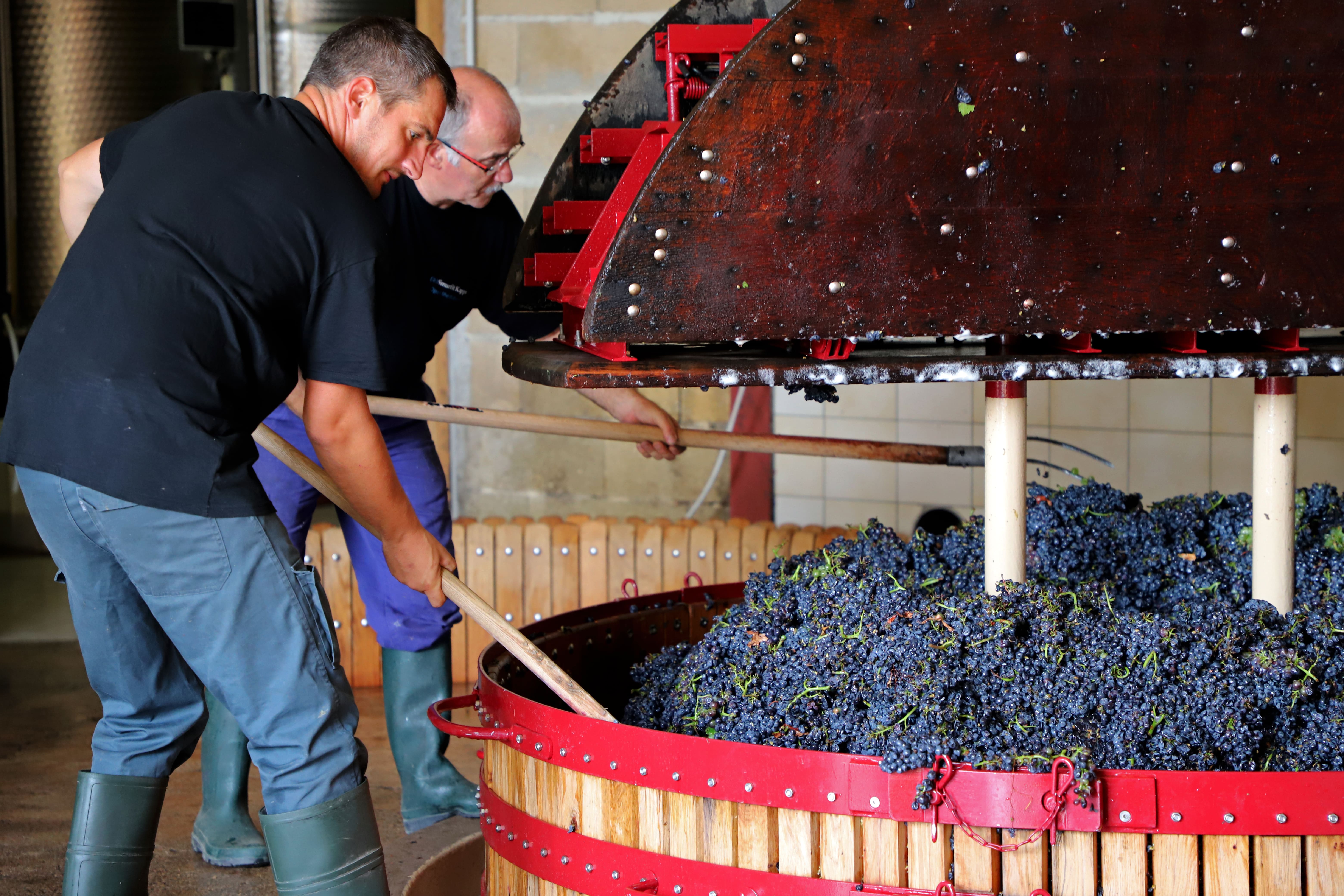
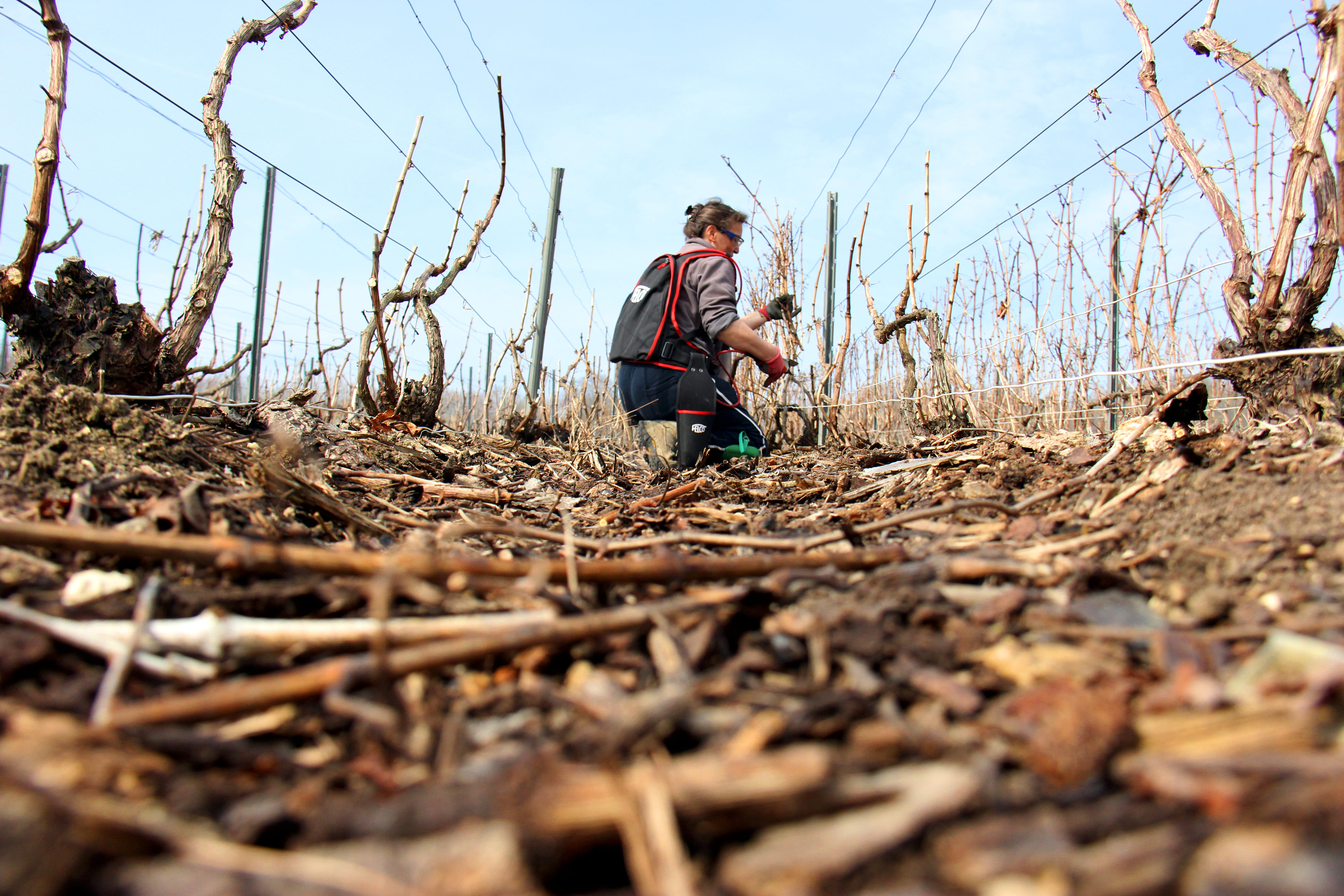
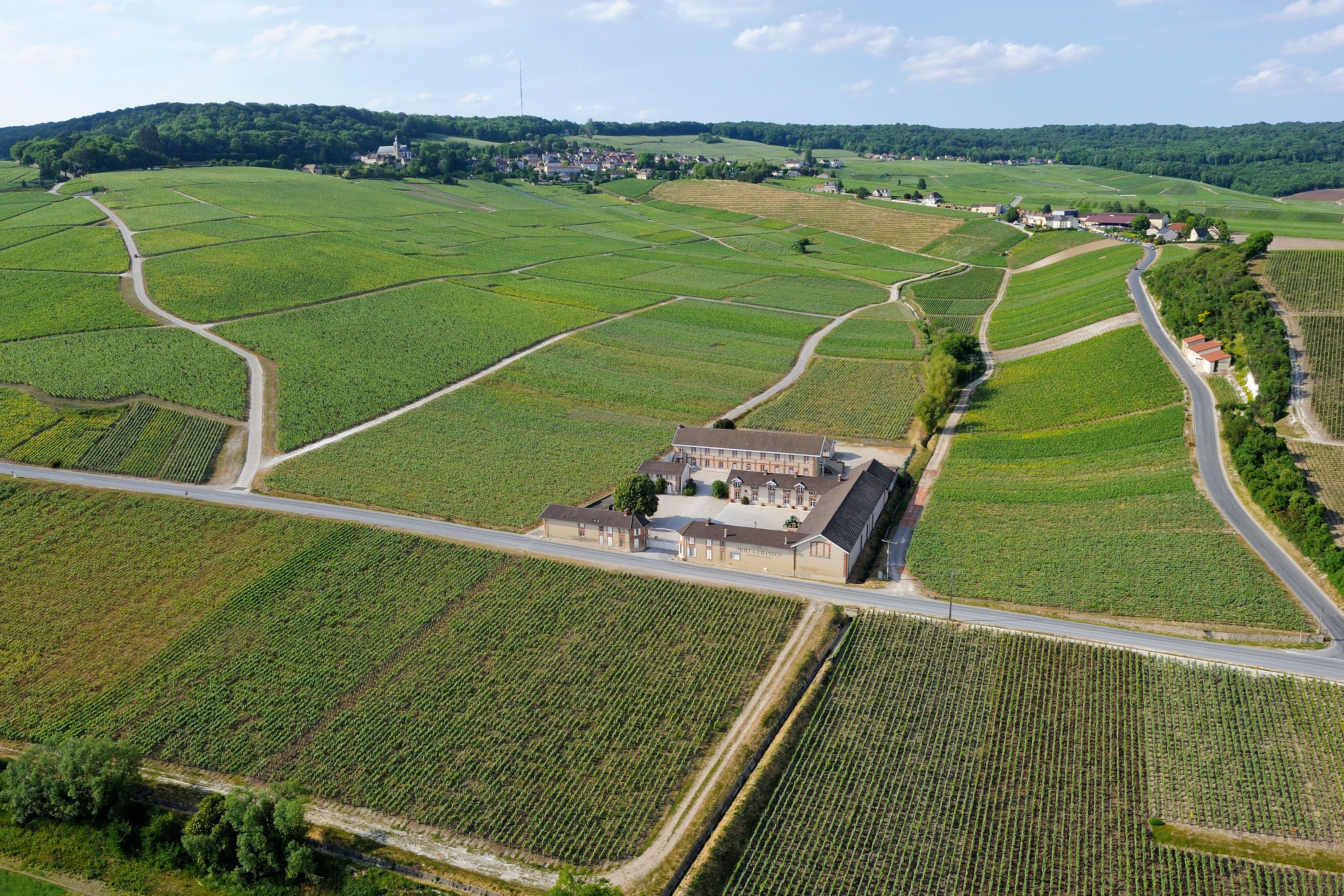
The scale and nature of the vineyard make it a vital supply source for Champagne production. The historic hillsides are a perfect example of this concept. The vineyard is also the birthplace of a carefully structured industry, which led to the people of the Champagne region being legally innovative and consequently the first to benefit from an Appellation d’origine spécifique (or special designation of origin).
The need for transport links (canals, railways, road network) in order to transport the grapes for the sale and export of Champagne led the Houses to establish their premises at the gateways to towns, close to the vineyards, giving the landscape its "urban" nature.
The development of Champagne production and consumption required large production and storage premises, usage of existing cellars, former medieval quarries and the excavation of new cellars and galleries, sometimes across several levels, and led to the creation of a unique and exceptionally large underground network. Indeed, this is the hidden face of the local landscape, with its "towns under the towns."
Finally, this world-renowned, unique and prestigious wine required an architecture that fitted with its image as the symbol of parties, celebration, reconciliation and art de vivre, with each House reflecting its own origins.

Any inscription on the World Heritage List must meet at least one of the 10 selection criteria laid out in the Operational Guidelines for the Implementation of the World Heritage Convention.
The Champagne Hillsides, Houses and Cellars met three of these selection criteria:
- Criterion iii, as a result of know-how developed over the generations, of an exemplary cross-industry organisation, and of protecting the appellation, and of the development of cross-cultural relationships and social innovations.
- Criterion iv, bearing witness to a winegrowing technique developed over the centuries and based on a supply area (the vineyard), production facilities (press houses, cellars etc.), sales and distribution premises (the Houses), with these different components being functionally interconnected and intrinsically linked to the substrate (chalk), the growing medium for the vines, easy to dig and also utilised in in the architecture.
- Criterion vi, reflecting a symbolic image that is unique the world over, a universal benchmark in terms of profile and prestige, conveyed by the arts.
The Champagne Hillsides, Houses and Cellars comprise three key areas in the Marne department of France: Saint-Nicaise Hill in Reims, the historic hillsides between Cumières and Mareuil-sur-Aÿ, and Avenue de Champagne in Épernay.
The vineyard cultural landscape – known as the area of undertaking – around its three representative ensembles – forms a setting and brings together all the local districts (320 towns and villages) covered by the Champagne appellation, across the Marne, Aube, Aisne, Haute-Marne and Seine-et-Marne departments.
Growing region and Industry
The growing region (terroir) has been enhanced by humankind via an artisan wine made successful by the agricultural and industrial revolution, thanks to the quality of the wine and its global distribution. The region is home to the highest concentration of wine production facilities found anywhere in the world.
War & Reconciliation
While Champagne's position as the crossroads of Europe brought prosperity to the region in the form of the large fairs, it also brought desolation on the battlefields. Champagne has become a symbol of peace and reconciliation.
Factories & Showcases
The wine production facilities are the architectural response to Champagne's specific needs, supplemented by prestigious buildings embodying the wine's sophisticated image.
Tradition & Innovation
Champagne’s traditional know-how has become a benchmark for other sparkling wines. The expertise has been handed down and developed over the generations and as innovation continues.
Winegrowers & Merchants
An exemplary cross-industry partnership developed between winegrowers and merchants, ensuring balanced management of the industry.
Visible & Invisible
Vines, villages and architecture offer a unique spectacle, while the cellars and crayères (chalk quarries) are the hidden face. They form an unparalleled built heritage.
Luxury & Popularity
While Champagne epitomises the French art of living and excellence, it has now become an accessible and popular luxury. Champagne symbolises parties and celebration worldwide.